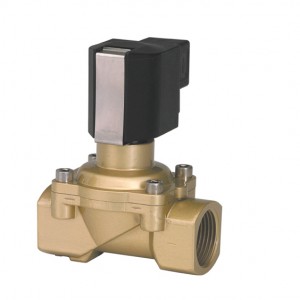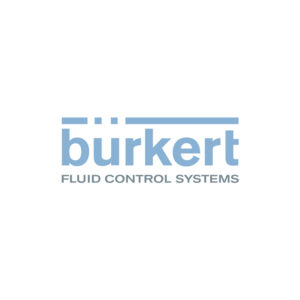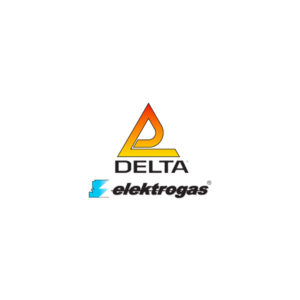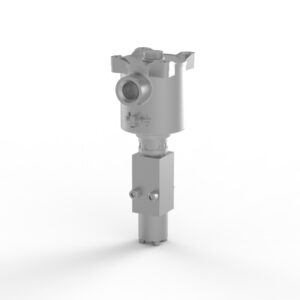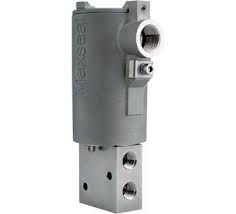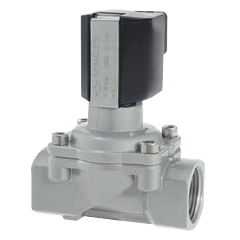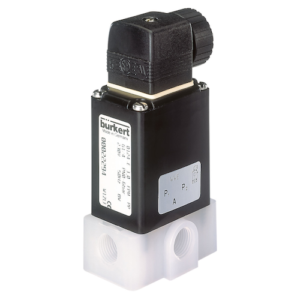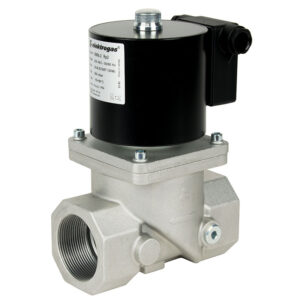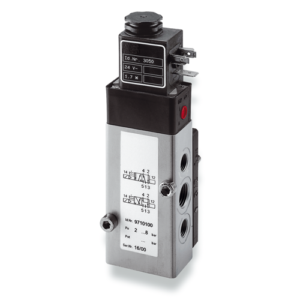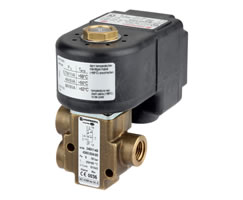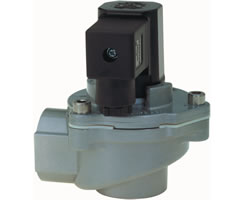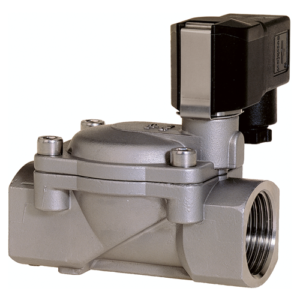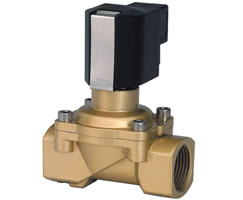Solenoid Valves are electromechanical devices which work by passing an electrical current through a solenoid, which in turn allows the valve to perform a pre-determined function. Solenoid Valve types include configurations such as 2/2-Way, 3/2-Way, 4/2-Way, 5/2-Way and 5/3-Way, they provide varying solenoid valve functions including Normally Open and Normally Closed, and are available in various sizes and materials for both general purpose and specialist solenoid valve applications.
We carry a wide selection of Solenoid Valve types in stock, varying in size, configuration, price, material and offer options for specialist solenoid valve applications. We also carry ATEX approved solenoid valves for use in Hazardous Areas, along with high pressure solutions for extraordinary solenoid valve applications.
MGA Controls Ltd has been working in partnership with many of the leading Solenoid Valve manufacturers such as IMI Norgren, Herion, Buschjost, Bürkert, ASV Stubbe and Konan Electric.
With 30 years’ experience of working with such high-quality brands, you can be confident that we can offer you the best and most reliable prices on the market and guaranteed quick delivery, thanks to our extensive stock holding. Whichever solenoid valve functionality you are looking for, we will have an option in stock that will suit your solenoid valve application.
Click on the boxes below for our guide to solenoid valves and how best to select the correct valve for your application. For further assistance in specifying the best solenoid valve type for the job, our technical team are on hand to guide you through the process and our high stock levels allow us to offer next day delivery in your time of need.
To obtain an immediate quotation, call the MGA Controls technical team on +44 (0)1704 898980 or email sales@mgacontrols.co.uk.
